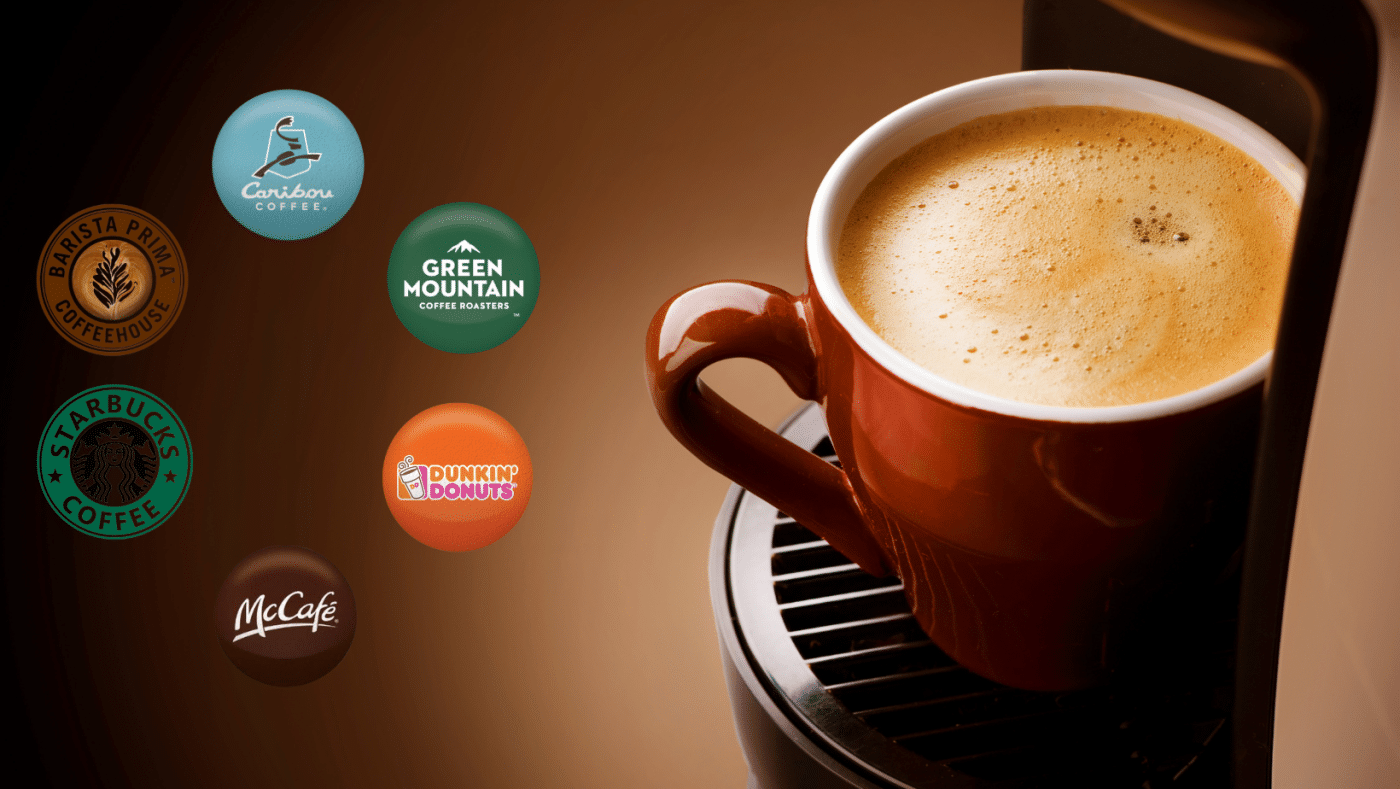Step-by-Step Guide for Cleaning Your Keurig Coffee Machine
Whether you’re a fan or not, pod coffee systems have established a firm foothold in the morning beverage market and are here to stay. For those who use these machines, ensuring that they brew smoothly and without any hiccups is essential, whether it’s just in the mornings or throughout the day, depending on your coffee consumption. Imagine the disappointment if the machine worked perfectly for your spouse but failed to brew when you tried to make your own cup – it’s a nightmare!
Unfortunately, machines that are used frequently can become clogged over time, leading to complete breakdowns. That’s why it’s important to follow a quick and simple cleaning routine to maintain your machine’s functionality.
Maintain Your Coffee Flow with the Best Method
While vinegar is a common household item that can be used to clean your Keurig, we recommend using a descaling solution for an extra thorough cleaning. This is the only cleaning solution approved by Keurig for use with their brewers, providing you with complete peace of mind when clearing out those stubborn clogs
An Easy Guide to Cleaning Your Keurig Coffee Maker
What You Need?
Ingredients
- Soap
- White vinegar or descaling solution
- Water
Equipment
- Clean, dry cloth
Step-by-Step Guide to Cleaning Your Keurig Coffee Machine:
- Unplug the machine as a safety measure.
- Remove and wash all removable parts, such as the water reservoir, lid, mug stand, and K-cup holder, in warm, soapy water. Dry the parts thoroughly.
- Wipe the surface of the machine with a clean, dry cloth, paying attention to areas around the coffee pod holder where coffee and tea granules may accumulate.
- Fill the water reservoir halfway with white distilled vinegar or a descaling solution to remove lime and scale buildup.
- Add water to fill the reservoir.
- Run the machine without a K-cup, discarding the contents of the mug after each cycle until the reservoir is empty. This process should be repeated at least every 3 to 6 months, depending on your water source.
- Repeat the rinse with plain water to remove any residual vinegar taste.
- Finally, brew a cup of coffee as usual.
Additional Tips to Keep in Mind:
The Keurig website advises against using softened or distilled water and recommends bottled or spring water for the best brewing results.
If you experience issues with your machine’s performance, consider cleaning the entry and exit needles. You can refer to this instructional video by Keurig for assistance in locating and cleaning these parts.
In case of debris buildup, blowing air through the water line with a straw can help remove it.


